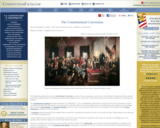
This webpage includes information and images about the Constitutional Convention
- Subject:
- History
- Social Science
- Social Studies
- Material Type:
- Reading
- Provider:
- ConstitutionFacts.com
- Date Added:
- 01/03/2023

This webpage includes information and images about the Constitutional Convention
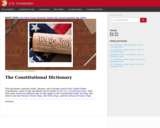
This document is a glossary of words, phrases, and concepts used in the United States Constitution. Note that some words are defined only as they apply to the Constitution itself. The page does have advertisements as well, so it is best used as a teacher resource.

In this activity students will connect primary sources with specific sections of the Constitution.
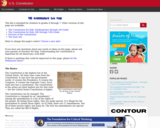
This webpage explains the basics of the U.S. Constitution at an upper elementary and middle school level. It includes the following sections: Basics, History, Amendments, Slavery, Women, Bill of Rights, How it all Works. The page does have advertisements as well, so it is best used as a teacher resource.
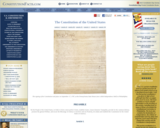
Read the United States Constitution
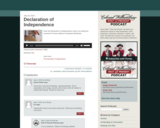
Since 2005, the "Past and Present" podcast from Colonial Williamsburg has taken you behind the scenes to meet interpreters, chefs, tradesmen, musicians, historians, curators, and more. We offer two versions of our podcast: one that's audio-only and one that includes a slideshow. In this episode: Hear the Declaration of Independence read in its entirety by renowned Thomas Jefferson interpreter Bill Barker.

In all, 70 delegates were appointed to the Constitutional Convention, but out of that 70 only 55 attended, and only 39 actually signed. Some simply refused, others got sick, still others left early.
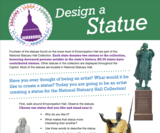
What would it be like to create a statue? Today you are going to be an artist creating a statue for the National Statuary Hall Collection!
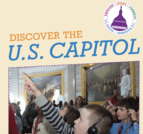
With engaging activities related to locations in the Capitol as well as American history in general, Discover the U.S. Capitol is intended for upper-level elementary-school-aged students who can use it before or after they visit the Capitol.

Gilder Lehrman Institute of American History provides elementary lesson plans, student activity sheets and professional development for teachers centered on American History. This unit is focused on the US Constitution.

Students will examine aspects of Article II of the Constitution for specific information related to the requirements for and method of electing the president.

In this one-minute video, students learn about the executive branch of the United States government. A host explains the qualifications and expressed powers of the presidency, and students consider what informal powers the president has.

In this interactive game, students experience the decisions that have to be made by the President of the United States. Ever wanted to be President for a day? In Executive Command, you can be President for four years! Try to accomplish what you set as your agenda while facing the challenges and responsibilities that crop up along the way. Being commander-in-chief and chief executive is no easy job! See how you do!
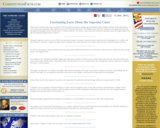
A list of fascinating facts about the Supremem Court of the United States of America
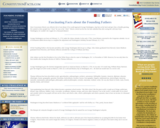
A list of fascinating facts about the United States Constitution
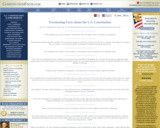
A list of fascinating facts about the United States Constitution

Why do we have the First Amendment, and what freedoms does it guarantee? In this one-minute video, students learn about the five freedoms outlined in the amendment. A host explains each of them and identifies some of their limitations.
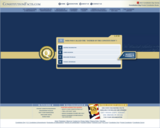
Take the Founding Fathers quiz to find out how much you know about the Founding Fathers of the United States of America.

In colonial Virginia, those that followed religions other than the Church of England were considered dissenters.”

This activity is designed to familiarize students with the legislative process and increase the students awareness of their district Representative and the responsiblities of Members of the U.S. House of Representatives.